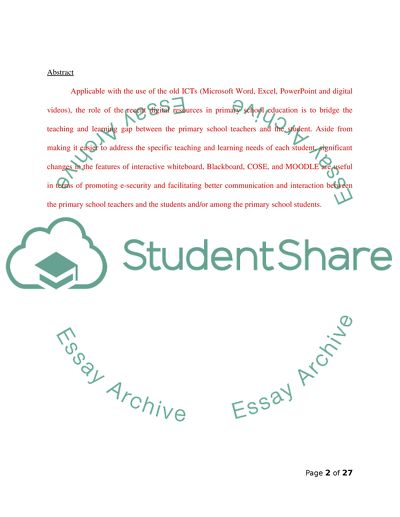Cite this document
(“An Evaluation of Recent Digital Resources that Have Been Developed to Essay”, n.d.)
An Evaluation of Recent Digital Resources that Have Been Developed to Essay. Retrieved from https://studentshare.org/education/1447856-an-evaluation-of-recent-digital-resources-that
An Evaluation of Recent Digital Resources that Have Been Developed to Essay. Retrieved from https://studentshare.org/education/1447856-an-evaluation-of-recent-digital-resources-that
(An Evaluation of Recent Digital Resources That Have Been Developed to Essay)
An Evaluation of Recent Digital Resources That Have Been Developed to Essay. https://studentshare.org/education/1447856-an-evaluation-of-recent-digital-resources-that.
An Evaluation of Recent Digital Resources That Have Been Developed to Essay. https://studentshare.org/education/1447856-an-evaluation-of-recent-digital-resources-that.
“An Evaluation of Recent Digital Resources That Have Been Developed to Essay”, n.d. https://studentshare.org/education/1447856-an-evaluation-of-recent-digital-resources-that.


